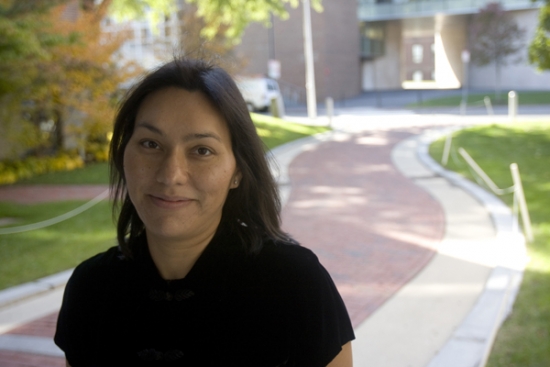MIPSE Seminar
Reaching the Extremes of Planet Formation: Shockwave Experiments in the Giant Impact Regime

During the end stage of terrestrial planet formation, giant impacts melt and vaporize the growing bodies. These phase changes lead to unanticipated and significant differences in the dynamics of planet growth. National high energy experimental facilities, such as the Z Machine at Sandia and the National Ignition Facility at Livermore, can now attain the entire pressure-temperature phase space of planet formation. I will present the re-sults of experiments that measure the liquid-vapor phase boundary of planetary minerals and describe the im-portance of vaporization for the origin of Earth's Moon.
Sarah T. Stewart is a Professor in the Department of Earth and Planetary Sciences at U. California, Davis. She joined the faculty at Davis in 2014 after 11 years as a Professor at Harvard University. Sarah is a planetary scientist who specializes in the study of collisions in the solar system. Her research encompasses the formation and destruction of planets, planetary geology, and materials science. Sarah is best known for the experimental study of planetary minerals under shock compression and calculating the mass of melt and vapor produced during planetary impact events. Sarah directs the Shock Compression Laboratory, which uses a light gas gun to study shock waves in planetary materials, and also conducts shock experiments on laser and pulsed power platforms. Sarah received her AB in Astrophysics and Physics from Harvard in 1995 and her PhD in Planetary Science from the California Institute of Technology in 2002. She has won several awards and honors for her scholarship, including the Urey Prize from the American Astronomical Society's Division for Planetary Sciences, a Presidential Early Career Award for Scientists and Engineers, and one of Popular Science's Brilliant 10 of 2010.
 MENU
MENU 
